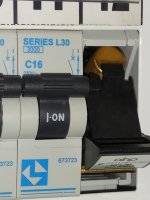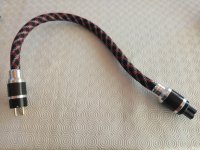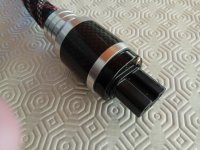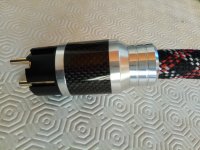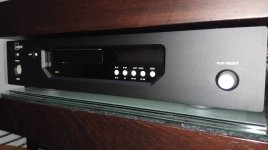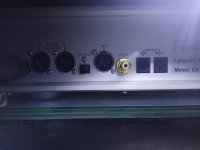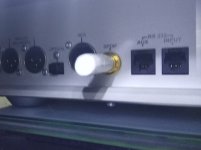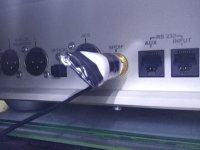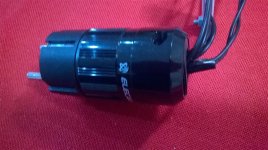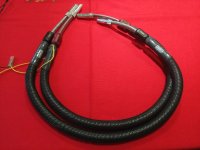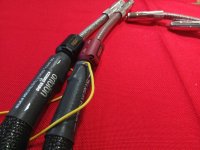- Thread Author
- #1
I already presented to you my system here
http://www.audioshark.org/introduce-yourself-6/hi-portugal-13316.html
but I decided to open this thread to highlight some aspects that, in my opinion, are very important to achieve a good sound reproduction. Beside the quality of the gear of course, it is clear to me that depends a lot from 3 factors:
- Electricity
- EMI and RFI interference
- (Micro)Vibrations
So, it all starts with the fuel of the system, the electricity. From my experience, a dedicated line makes a huge difference. In my case with a 4 mm cable. Of course your electrician man gonna say that 2.5 is enough. Believe me 4 mm is better. And maybe more will be better but I can not guarantee because I have not tried. :scholar:
After that, switching the circuit breaker through a fuse holder was a clear step forward. What's more, this will allow you to do fuse-rolling and try the fuse you like. They will sound all different, believe me!

Many times i think i probably was not fair in evaluating some equipment that went through my house when I did not have this dedicated line and the fuse system. I tell you, if our goal is a wider range of frequencies, with clean and crystalline treble, where different cymbals sound different and is obvious the crash of metal against metal, these modifications where everything is born are the right and necessary step.
Check out the video
https://vimeo.com/247688095
(to be continued)
http://www.audioshark.org/introduce-yourself-6/hi-portugal-13316.html
but I decided to open this thread to highlight some aspects that, in my opinion, are very important to achieve a good sound reproduction. Beside the quality of the gear of course, it is clear to me that depends a lot from 3 factors:
- Electricity
- EMI and RFI interference
- (Micro)Vibrations
So, it all starts with the fuel of the system, the electricity. From my experience, a dedicated line makes a huge difference. In my case with a 4 mm cable. Of course your electrician man gonna say that 2.5 is enough. Believe me 4 mm is better. And maybe more will be better but I can not guarantee because I have not tried. :scholar:
After that, switching the circuit breaker through a fuse holder was a clear step forward. What's more, this will allow you to do fuse-rolling and try the fuse you like. They will sound all different, believe me!
Many times i think i probably was not fair in evaluating some equipment that went through my house when I did not have this dedicated line and the fuse system. I tell you, if our goal is a wider range of frequencies, with clean and crystalline treble, where different cymbals sound different and is obvious the crash of metal against metal, these modifications where everything is born are the right and necessary step.
Check out the video
https://vimeo.com/247688095
(to be continued)

